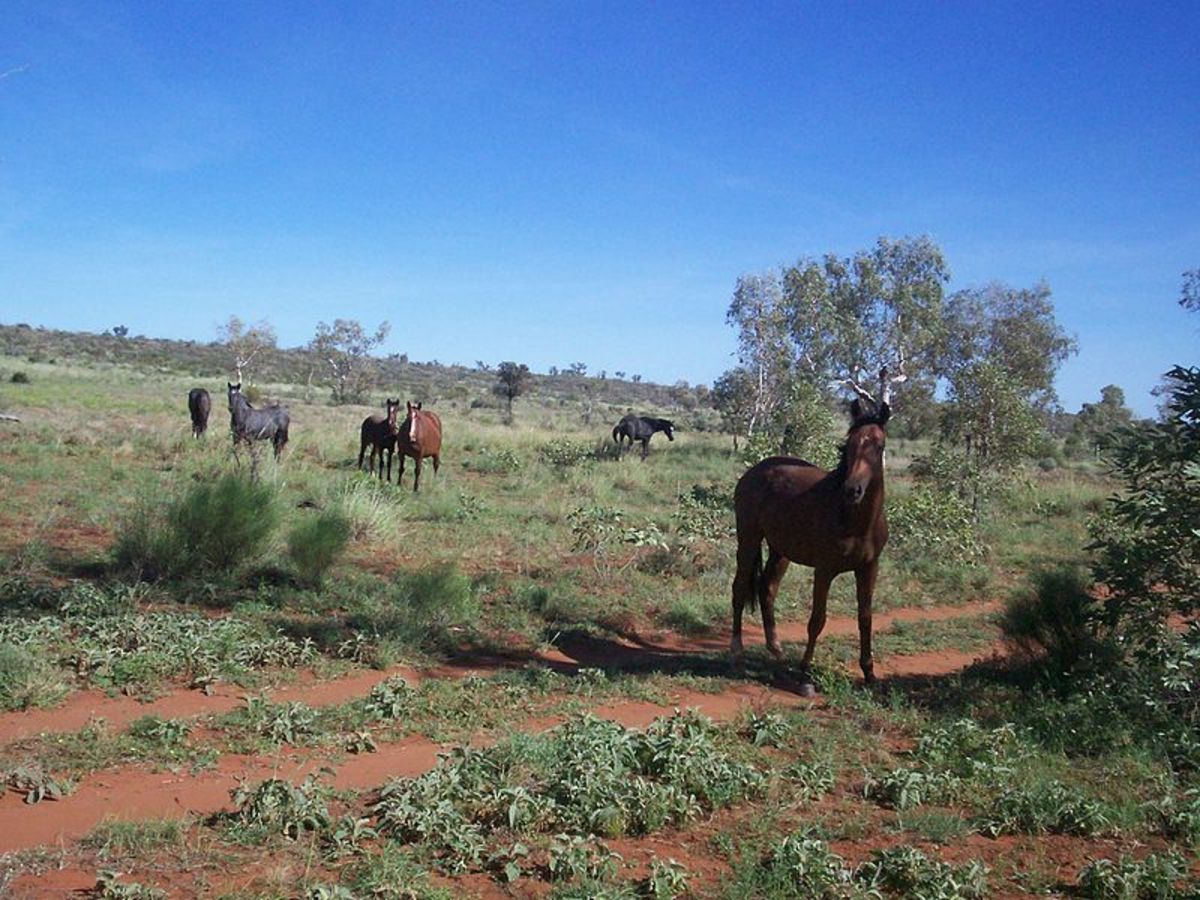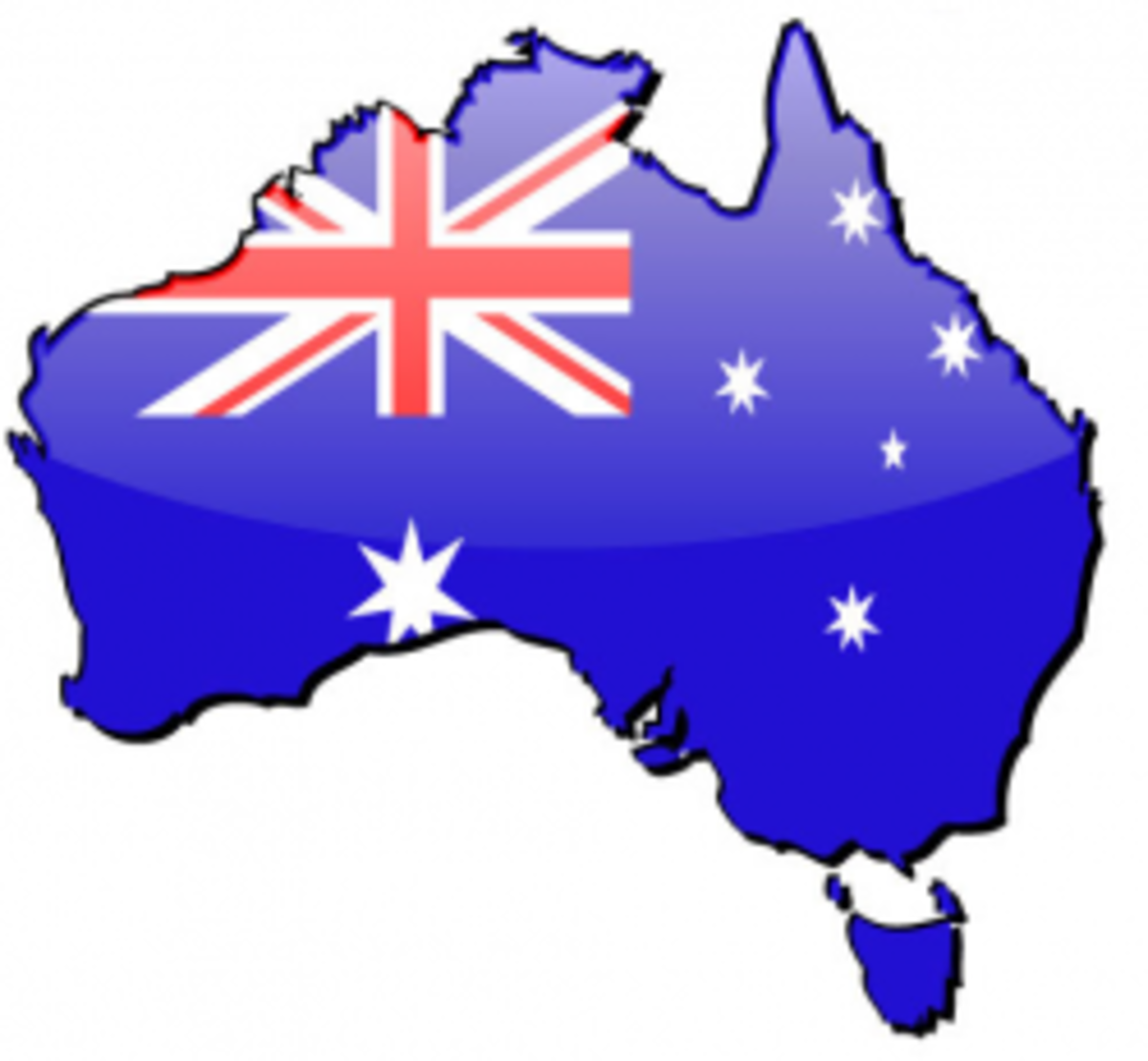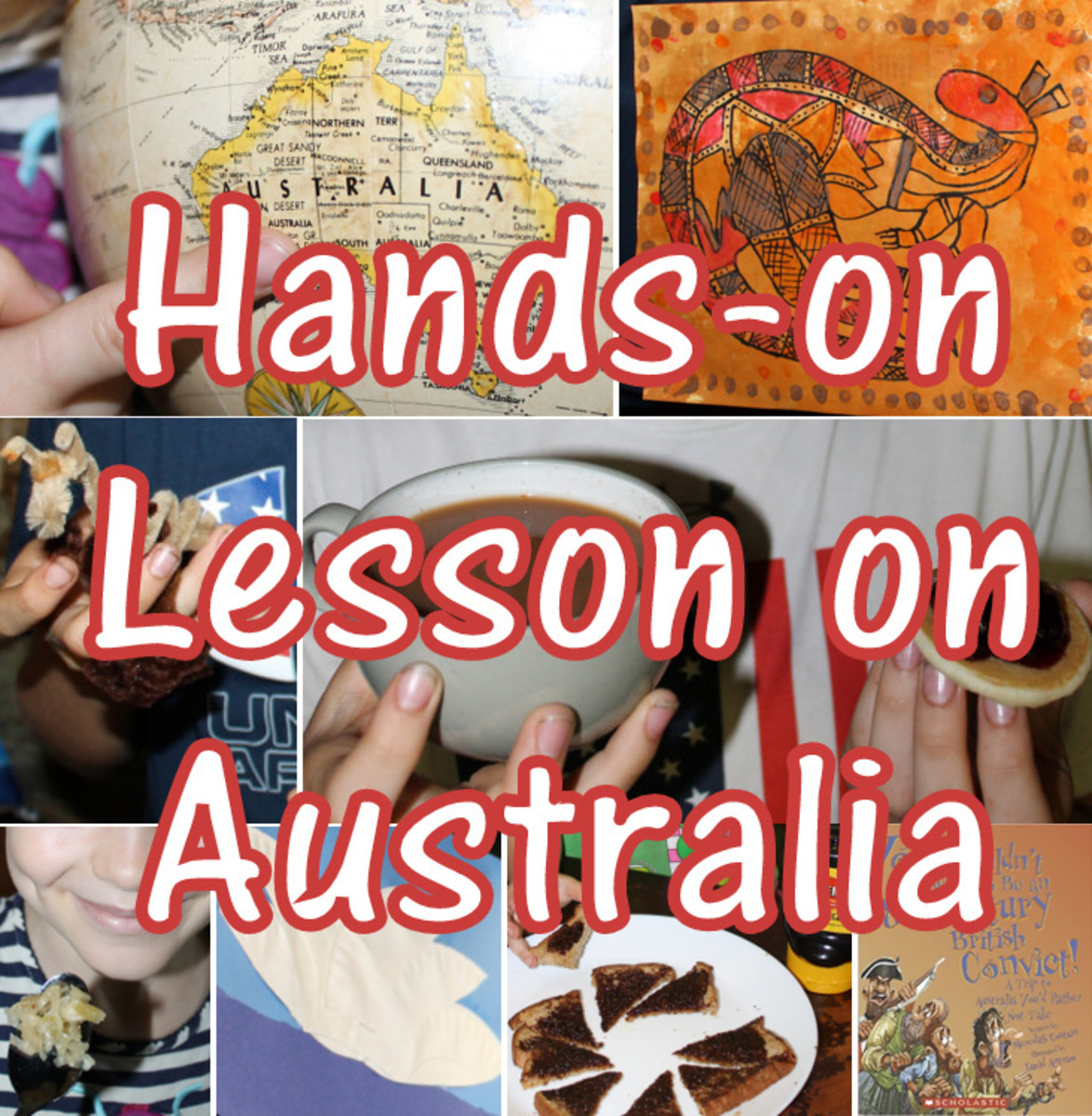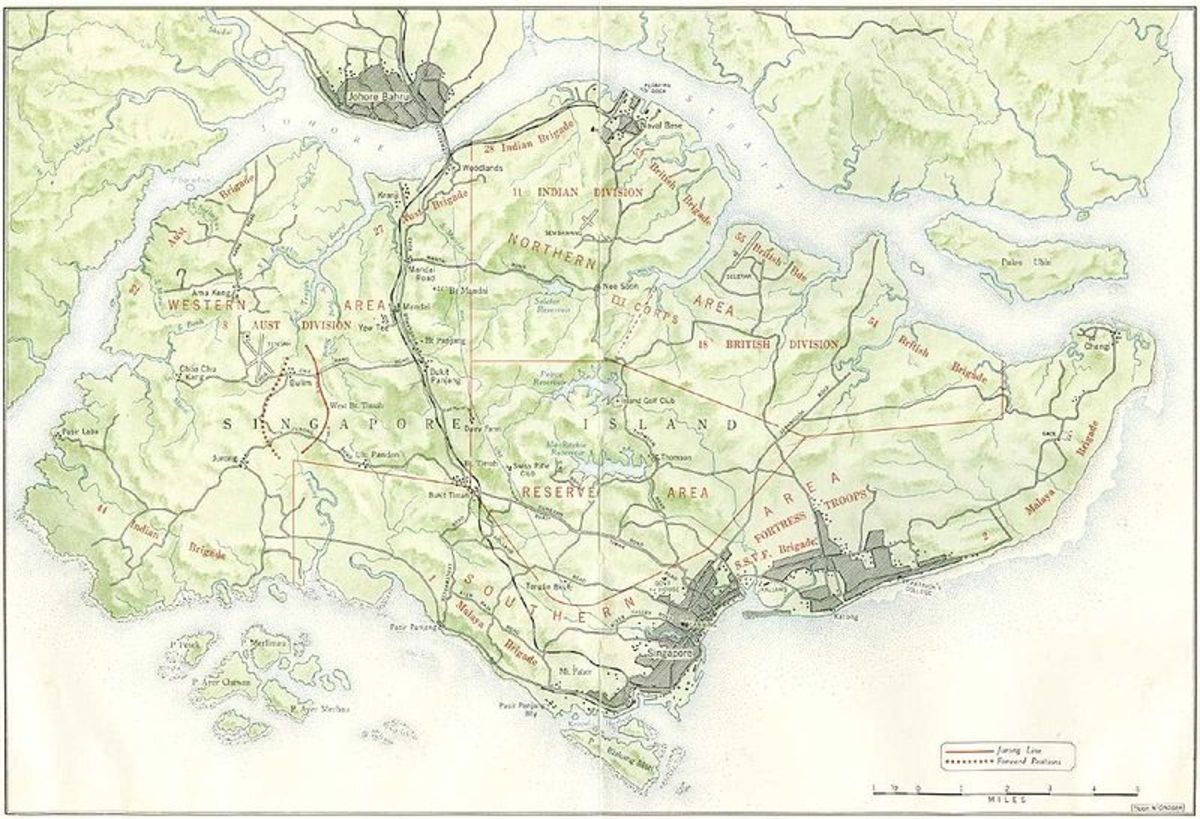The Development of Suburnization in New South Wales, Australia
Introduction
Living in Suburbia has always been an Australian Dream which consists of a belief of home-ownership for all Australian Citizens and which implies a comfortable life as it expresses security and success. Apparently, many Australian citizens do have a decent home and thus enjoy the benefits associated with home ownership. However, the great Australian Dream is yet to be achieved owing to consistent rising of house prices while the average wages remain static, particularly those dwelling in large urban centers. This has subsequently led to what is popularly known as suburbanization which has caused large concentration (or rural urban migration) of people and homes around major cities. This paper focuses on analyzing whether the ideal notion of suburbia in Australian perspective has been achieved. In addition, we will as well evaluate the realities which suburbanization has presented in Australian perspective.
Australian Great Dream
The “Australian Great Dream” has its origin on the reconstruction era during World War 11. A number of factors especially during 1950s to 1960s stirred various actors including citizens and authorities to continue pursuing this dream. Among these factors include the development and growth of the Australian manufacturing industry, lack of regulations on rent, baby boom, and high rate of employment (Garnaut, 2003). Some sources indicate that the Australian notion of good life was first instilled by the existence of vast and open spaces of early colonial Australia. Further, this notion was reinforced by extensive ownership of cars that followed economy boom experienced at that time National (Gallery of Australia, 2015).
In typical sense, the Australian Dream is that a citizen should own a detached house which was usually a single storey standing on at least a quarter acre of block around suburban area. Furthermore, this block should also have a garden as well as a barbecue. Many people worked towards achieving this dream since prior to world war 11, more than 50% of Australians were already owning homes while the number rose to 70% two decades after World War 11. The emphasis in achieving the Australian Dream was born out of the desire by Australians to own homes and a consideration of home ownership as basic ideal for aspiration (Butler, 2005).
The Realities of Suburbanisation in Australian Context
Indeed, suburbanization is now an increasing and popular phenomenon within the wider communities in Australia. For instance, in New South Wales Central Coast, has undergone and continues to undergo significant transformation as traditional use of land is shelved and new uses are emerging. Apparently, many regions within New South Wales have transitioned and continue to change from being a quite coastal area with some industrial or agricultural activities into a popular tourist destination. Furthermore, the region and its surroundings have grown to be described as a suburban and urban settlement (Butler, 2005).
New South Wales is currently featured with increasing affluence, implying that many people now have a home of their own, developed infrastructure, and technology which has facilitated enhanced mobility. In particular, the norm in such cities is to use either car or air transport while dwelling and recreation expectations have increased to tremendous levels. Furthermore, the core features of these dwellings are that fewer people are living in them and that the size of the dwelling is expanding. Furthermore, what is applicable in conventional urban areas is also application to places where individuals retire and recreate. The suburbanization of Australia has come to be labeled as the main feature of Australia (Salt, 2001). A survey carried out by the Australian Department of Tourism (2004) pointed out that over the last once century, majority of Australians have moved and continues to move from rural areas to the suburbs of capital cities. Furthermore, more recent shifts have focused on the suburbanization of the coastal regions including the city of New South Wales.
Researchers have studied the tremendous shift of population to cities and high amenity environments for the last 3 decades (Burnley and Murphy, 2004). According to Salt (2001), Australia has been dominated by three cultures since settlement of Europeans. These cultures include a) the bush culture during the period of federation, b) the suburbia culture from the end of the 20th century and c) and the developing cost culture. Various reasons have been put forward concerning the shift of populations form rural to urban centers in Australia. Among these include a search for green pastures and aspirations for better lifestyle (Minnery and Stimson, 1998 and ABS 2004a).
Sydney, which the capital city of New South Wales is recorded as being the most populous city in the whole of Australia. This city is also a metropolis, implying that people from all regions in the country can be found in the city. The city is ranked as being the most expensive to live in globally (Sydney.com, 2016). Despite this, a survey conducted by the Mercer Quality of Living in 2014 ranked it as the tenth in regard to quality of living alongside being the most livable cities to live in.
Sydney was first inhabited by Indigenous Australians who had migrated from the Northern parts of the country alongside others coming from Southeast Asia. According to Radiocarbon dating, human activities were felt in Sydney area some four decades ago (Macey, 2007). However, further research indicates that human activities were taking place in this area earlier than three decades ago. Before the arrival of the Britons in the region, the number of people who were living in Australia was approximately 4000 to 8000 native Australian from over 30 different clans in the country (Melinda & Alana, 2010).
Much of the city’s history including the history of the first inhabitants has been greatly destroyed by developments. The incorporation of Sydney’s Municipal council made Sydney to become the first Australian city. Furthermore, the discovery of Gold triggered many people to troop into the city in search of jobs and money. By 1871, the population of Sydney had reached 200000 and the population had risen to 1.7 million individuals in 1950 and this number was almost tripled in 1975.
Currently, Sydney City harbors more than 33 suburbs, most of which are located within the central business district. These suburbs are developed and rising on a consistent basis. Among these suburbs are the city harbor edge and Millers Point which are historic suburbs (City of Sydney, 2016). As a confirmation that the city is undergoing constant urbanization, the city authorities have come up with other modern day suburbs including wharves of Millers Point and the historic suburb as the new area of Barangaroo(Barangoo, 2013). The popular Paddington suburb is particularly noted for its Victoria Barracks, restored terrace houses and shopping markets typical examples of increasing surbanization (Wotherspoon, 2012).








